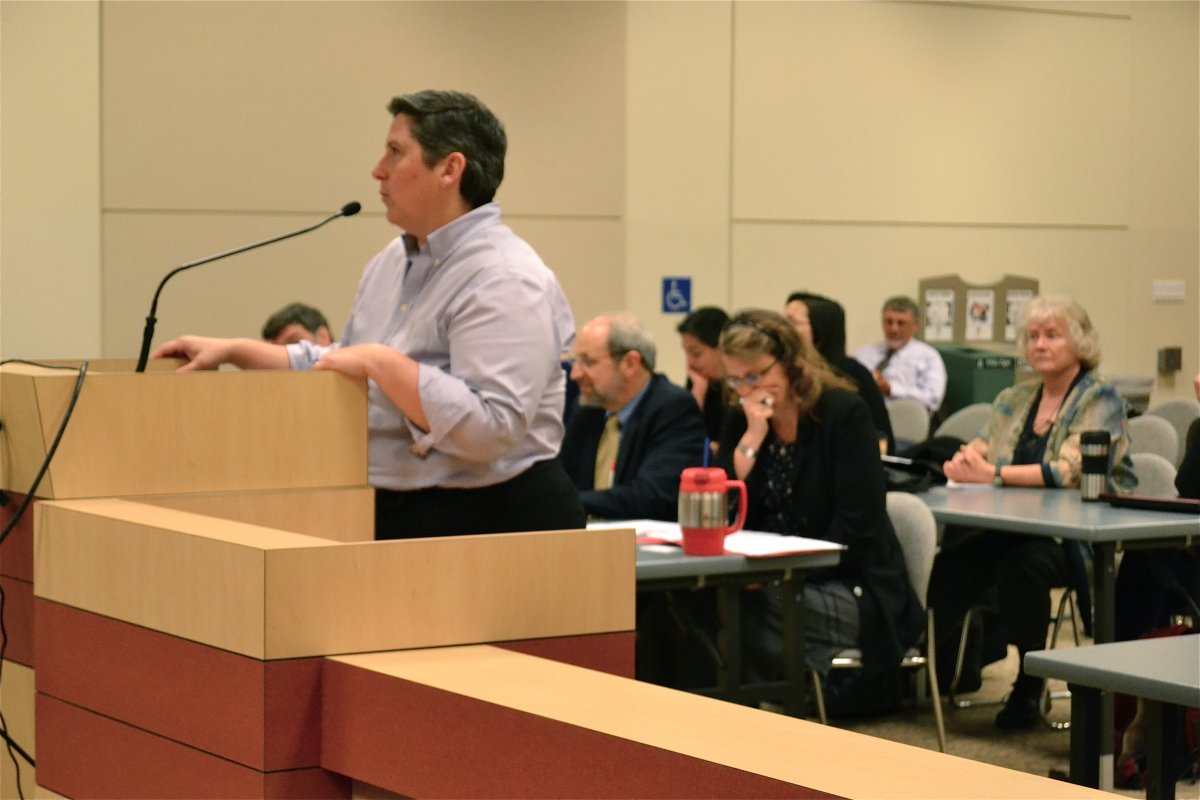Opportunities for Public Involvement in Biomonitoring California
Ways to Become Involved in Biomonitoring California
Other Public Involvement Opportunities
Reports on Public Involvement Activities
Public Involvement Plan for Biomonitoring California
Summary of Input from Public Participation Activities on What Chemicals Should be Measured in California
Opportunities for Public Involvement in Biomonitoring California
Biomonitoring California, also known as the California Environmental Contaminant Biomonitoring Program, values your involvement in the Program. All interested members of the public are invited to participate in Program activities in the ways described below.
The public includes anyone living in California as well as various groups with interest in the Program, such as:
- Community groups
- Trade associations
- Chemical manufacturers
- Non-governmental organizations
- Federal and local government agencies
- Faculty and students in colleges and universities.
Ways to Become Involved in Biomonitoring California
As a member of the public, there are two main ways for you to become involved in Biomonitoring California
- Take part in Scientific Guidance Panel meetings.
You can attend meetings in person and make comments verbally or provide written comments. You can also send comments during the meeting via email to biomonitoring@oehha.ca.gov. Verbal and email comments are transcribed, so there is a record of the input that is provided. Transcripts are posted online after the meeting.
- Send comments in writing to Biomonitoring California.
You can send comments any time via:
Email to
biomonitoring@oehha.ca.govOR
Regular mail to
Biomonitoring California
Office of Environmental Health Hazard Assessment
1515 Clay Street, 16th Floor
Oakland, CA 94612.
Other Public Involvement Opportunities
The Program convenes focus groups to learn about people’s views on important aspects of a project, as resources allow. The Program identifies people who are part of a particular community, population of interest, or stakeholder organization to participate in focus groups on particular topics. For example, mothers may be invited to participate in a focus group on how best to communicate results on chemicals measured in young children. As a second example, firefighters may be asked to provide feedback on specific questions about their job duties.
The Program may also convene stakeholder workgroups, as resources allow. A workgroup would typically be charged with reviewing a specific issue, hold multiple meetings over a period of time, and include individuals who represent a wide range of interests. An example of a workgroup’s task might be to help develop options for future pilot projects.
Biomonitoring California may also agree to meetings requested by members of the public on specific topics, as resources allow.
Reports on Public Involvement Activities
Public Involvement Plan for Biomonitoring California
The Public Involvement Plan describes our approach to involving the public in the Program. The Plan is structured around four overarching goals:
- Build public awareness and understanding of the Program.
- Provide opportunities for stakeholders to contribute to Program design, implementation, and evaluation.
- Effectively engage with the populations being biomonitored.
- Communicate biomonitoring results in an understandable manner.
Objectives to help achieve these goals are described in the Plan. Specific activities that the Program is planning to carry out in the next few years are briefly outlined for each objective.
Summary of Input from Public Participation Activities on What Chemicals Should be Measured in California
A report, Results of Public Participation Activities on What Chemicals Should be Biomonitored in California, was released in 2009 and is related to the selection of chemicals to be measured by Biomonitoring California.
The report and its appendices summarize the findings from public participation activities carried out in 2008.



